At face value, 8Panda’s I Love Asia Classic Wakame Salad and M&S’s Food Coronation Chicken Club have little in common. One is a large bowl of seaweed akin to a Japanese restaurant starter. The other is, well, coronation chicken.
But both contain the next big up-and-coming ingredient, Mintel says. Data from the market research company’s Ingredientscape AI tool shows the use of seaweed in new food and drink product launches “steadily increased” across Europe between 2005 and 2023.
“Interest in algae, such as the kelp seaweed, is growing in Europe due to its health and sustainability benefits,” says Emma Schofield, associate director of global food science at Mintel.
It’s true the green stuff currently represents just a sliver of NPD, featuring in less than 1% of food, drink and supplement launches in Europe between 2019 and 2023. (After all, while Korean seaweed snacks are delicious, how many can even the most dedicated seaweed snack lover eat? Three in a row, suggests anecdotal evidence.)
Indeed, because of kelp’s relative rarity among western consumers, Mintel defines it as a “novel ingredient”, meaning it is “new and experimental, or focused on very niche products or specific consumer groups” here in the west. But Schofield is convinced it’s on the upswing – and having already gained popularity among western chefs, seaweed is bound for retail.
Wider array of kelp products
“Food and drink brands have the potential to explore greater options with kelp – for example, in the snack category, creating seaweed-infused crispy seaweed chips or mixing seaweed into already popular items such as crackers or popcorn,” she notes. “Manufacturers can make seaweed more approachable for consumers and enhance its adoption by presenting it in familiar formats.”
Arguably, despite its shy use in UK food and drink, the ingredient has seen steady growth over the last two decades, appearing “more often in product launches than 80% of other herbal substance ingredients in European food and drink launches last year”, Schofield notes.
The Grocer’s archives back this, with kelp cited in a wide array of products. Since 2020, there have been at least five launches prominently featuring kelp (not to mention the products that incorporate it more quietly, the King Charles-edition M&S coronation chicken sandwich included).
Take bread and snack bars. Kelp is included in the likes of Modern Baker’s Superloaf (rsp: £2.50/800g), launched exclusively into Amazon Fresh in 2021, and designed to aid gut health. In September last year, the seaweed made its debut in challenger brand High Tide’s snack bars, backed with a fund from the Welsh government.
It’s also used as a botanical in gins, including two 2020 launches: the Northwest Passage Expedition Gin (rsp: £39.95/70cl) and I Love Harris Gin, distilled in the Outer Hebrides with hand-harvested sugar kelp (rsp: £45/70cl). And kelp’s use isn’t limited to food, either. It plays a starring role in Baylis & Harding’s sustainable personal care range Goodness and refillable toiletries brand Love Ocean.
The future may well see kelp as an additive in more products, Schofield believes. “Incorporating environmentally-friendly seaweed into food and drink products can also enhance the nutrition profile of foods, such as by increasing its fibre content,” she says.
Use of kelp in food
There’s no doubt more seaweed is coming to supermarket aisles. But where it comes from is also likely to change.
The EU numbers among the world’s biggest seaweed importers, shipping it in from China and South Korea, according to Mintel. But in future, locally sourced seaweed is likely to meet more of this demand, says Schofield.
“Producers should consider European-grown algae ingredients, tapping into consumer interest in the economic, environmental and social benefits of locally grown food.”
Getting more of it into the hands of consumers. While it is a common ingredient in Japanese meals and soups, it’s not seen so much outside of this cuisine in the UK. “However, many consumers seek new flavours in food and drink, with 30% of UK foodservice consumers agreeing that unique flavour combinations, and 18% that fusion cuisines like laksa pasta, would encourage them to visit one foodservice operator over another,” Schofield adds.
So, there is room for kelp to help attract a curious consumer base to new and different products. But its status would need to move from ‘novel’ to mainstream to ensure its sustainability.








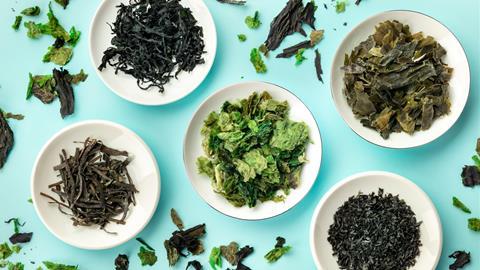

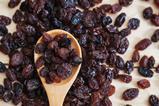



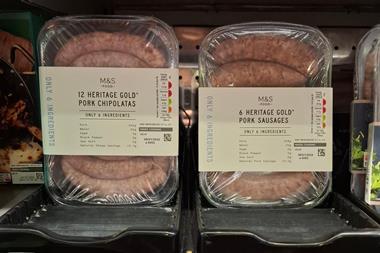

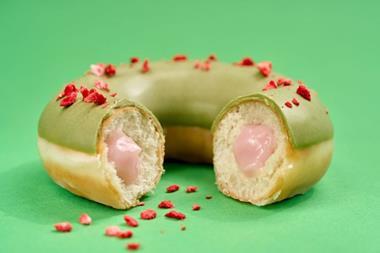
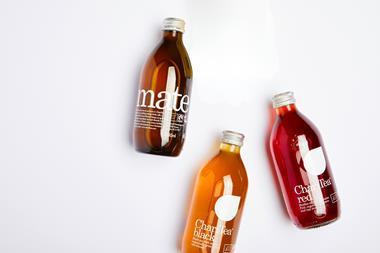
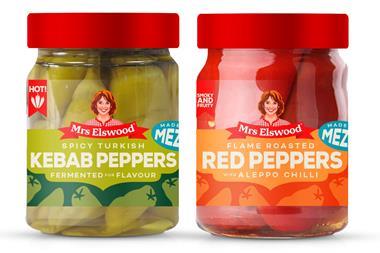


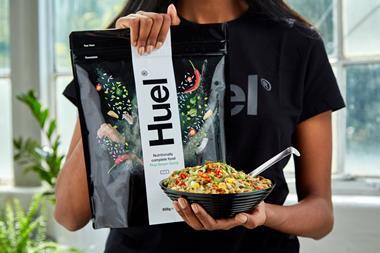



No comments yet